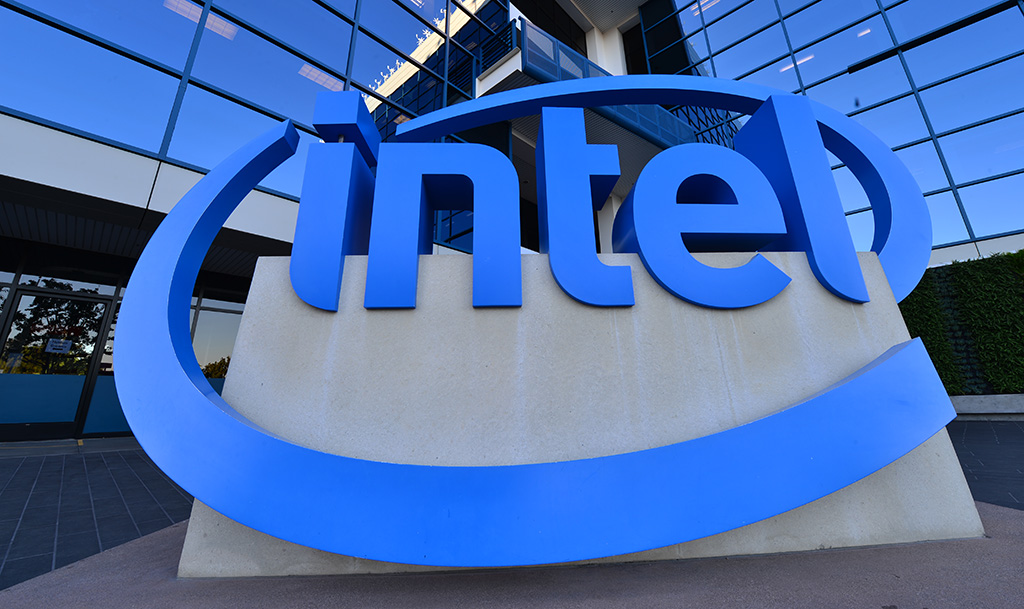Intel's next-next gen Lunar Lake architectural details surface
You'll need a boat to navigate all these lakes.

Intel's roadmap is a little confusing, at least for those of us looking in from the outside. There are so many lakes, you'd be forgiven for thinking we're looking at a map of Canada. The latest details concern Intel's Lunar Lake architecture, which is tentatively planned for release in late 2024 or early 2025.
Lunar Lake is believed to be a mobile oriented architecture, with a focus on low power consumption and performance per watt. It's expected to follow Meteor Lake, or co-exist with it if Intel splits its mobile chips into two broad performance tiers.
On the desktop side, we can expect Raptor Lake refresh CPUs later in 2023, followed by Arrow Lake chips later in 2024. There's a lot of lakes there to swim through, but if we separate the mobile and desktop architectures, it makes drowning easier to avoid.
According to reporting from Moore's Law is Dead and @SquashBionic (via Notebook Check) Lunar Lake will contain up to four Lion Cove P cores and 4 Skymont E cores. That might look a little underwhelming as far as multithreading performance goes, but bear in mind we're likely looking at 15W U class CPUs here. The i7 1365U is Intel's top end Raptor Lake U processor and it only has two performance cores (though it has eight E cores), so in many workloads, the higher P core count will be beneficial.
MLID mentions the possibility that these P cores could lack hyperthreading. I'm skeptical on that point. Traditionally, a 4C/4T implementation is preferable to 2C/4T, though 4C/8T would be even better.

Best CPU for gaming: The top chips from Intel and AMD.
Best gaming motherboard: The right boards.
Best graphics card: Your perfect pixel-pusher awaits.
Best SSD for gaming: Get into the game ahead of the rest.
Perhaps the more interesting little nugget is that Lunar Lake chips may be the first to include an Arc Battlemage GPU tile with up to 64 Xe2 execution units. We know very little about Battlemage at this point, but it's safe to assume it will easily outperform Arc Alchemist. Given Intel is making great strides with its driver, and it's surely identified bottlenecks in its architecture, I'd speculate that Intel's mobile graphics will make a major leap forward.
It's important to remember that these parts are a long way from release. Leakers can (and do) get it wrong, so the proverbial pinch of salt is required. Nevertheless, a doubling of P core count (over Raptor Lake U) and Battlemage graphics in a 15W package bodes well for ultra low powered devices.
The biggest gaming news, reviews and hardware deals
Keep up to date with the most important stories and the best deals, as picked by the PC Gamer team.
Will Lunar Lake be relegated to cheaper Chromebook or entry level class devices? Or could we see them in premium tier ultrabook models? Time will tell. There's a long way to go. Let's see how Meteor Lake laptops do first!
Consider what all these lakes will be called once they hit the market. With Intel set to drop its 'i' branding, the names of the myriad of chips that cover desktops, laptops, core counts, TDPs, and architectures could be more confusing than ever. Intel's marketing folks will hopefully settle on a branding and naming scheme that will make sense to customers.

Chris' gaming experiences go back to the mid-nineties when he conned his parents into buying an 'educational PC' that was conveniently overpowered to play Doom and Tie Fighter. He developed a love of extreme overclocking that destroyed his savings despite the cheaper hardware on offer via his job at a PC store. To afford more LN2 he began moonlighting as a reviewer for VR-Zone before jumping the fence to work for MSI Australia. Since then, he's gone back to journalism, enthusiastically reviewing the latest and greatest components for PC & Tech Authority, PC Powerplay and currently Australian Personal Computer magazine and PC Gamer. Chris still puts far too many hours into Borderlands 3, always striving to become a more efficient killer.

